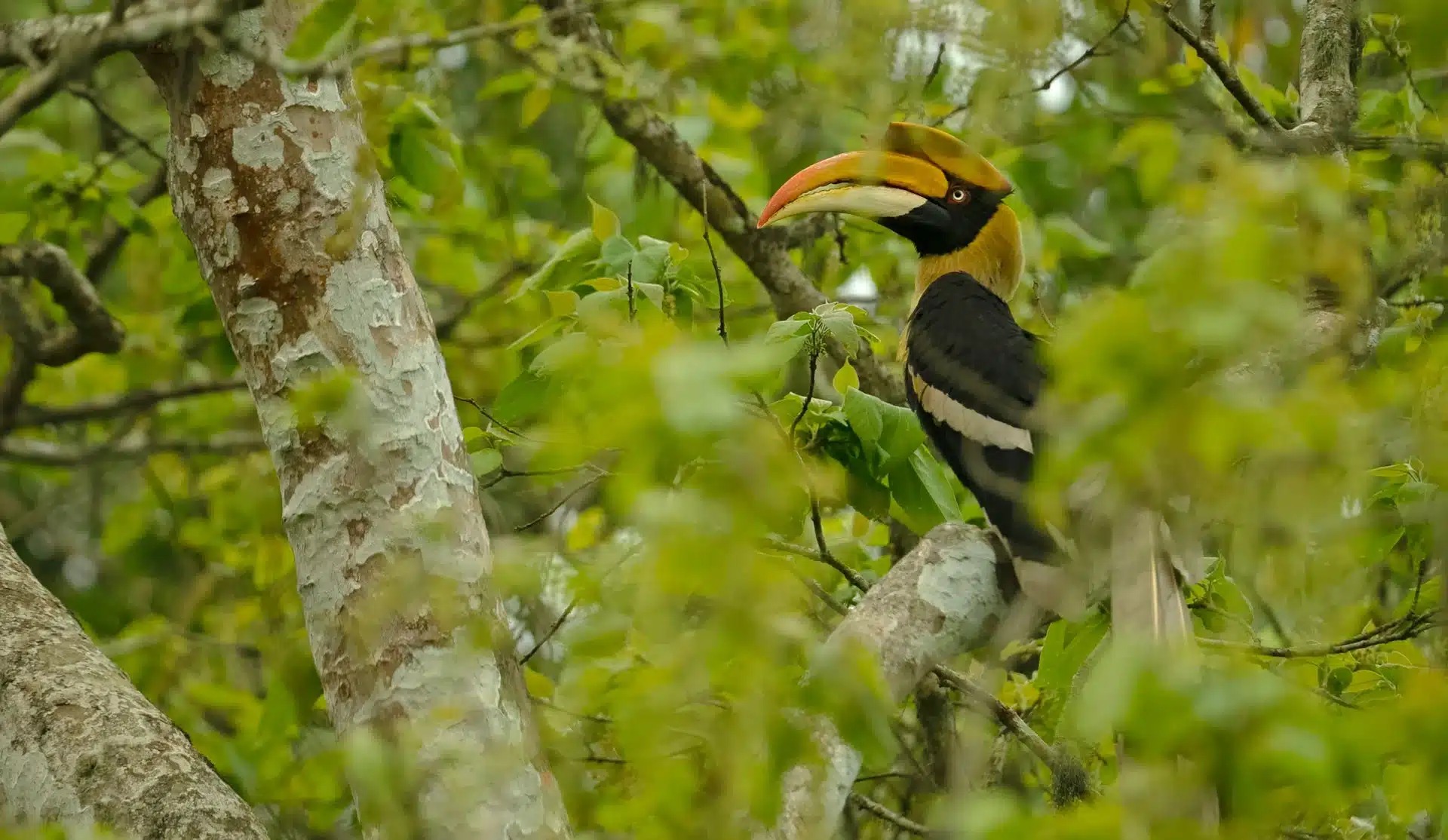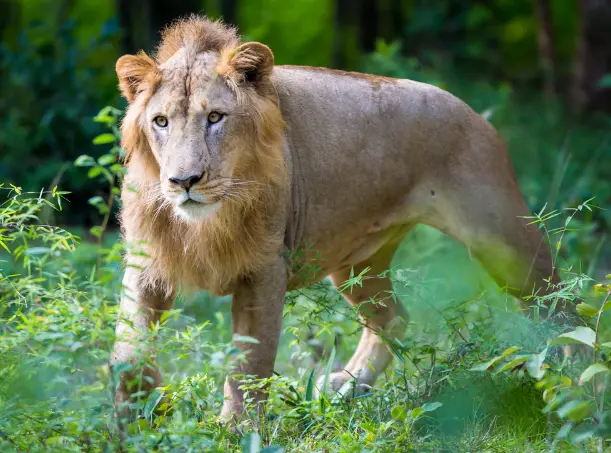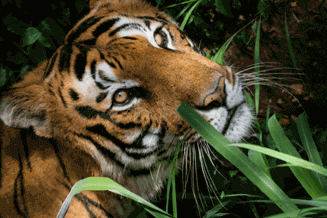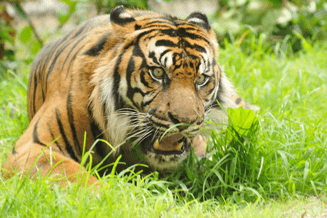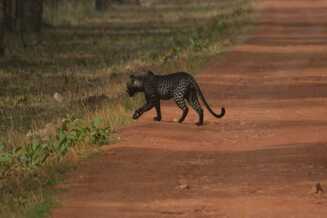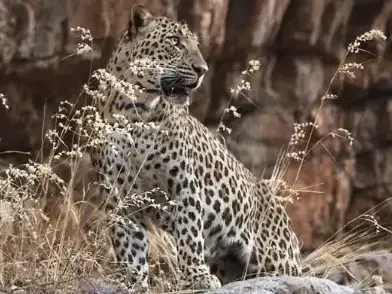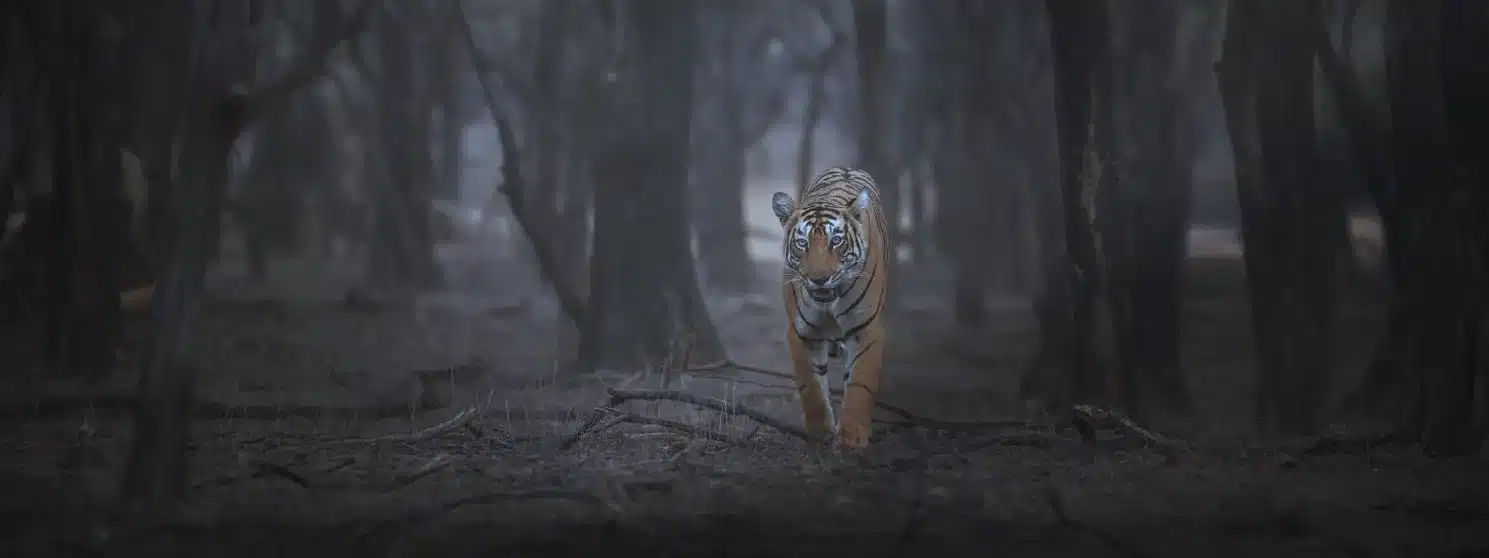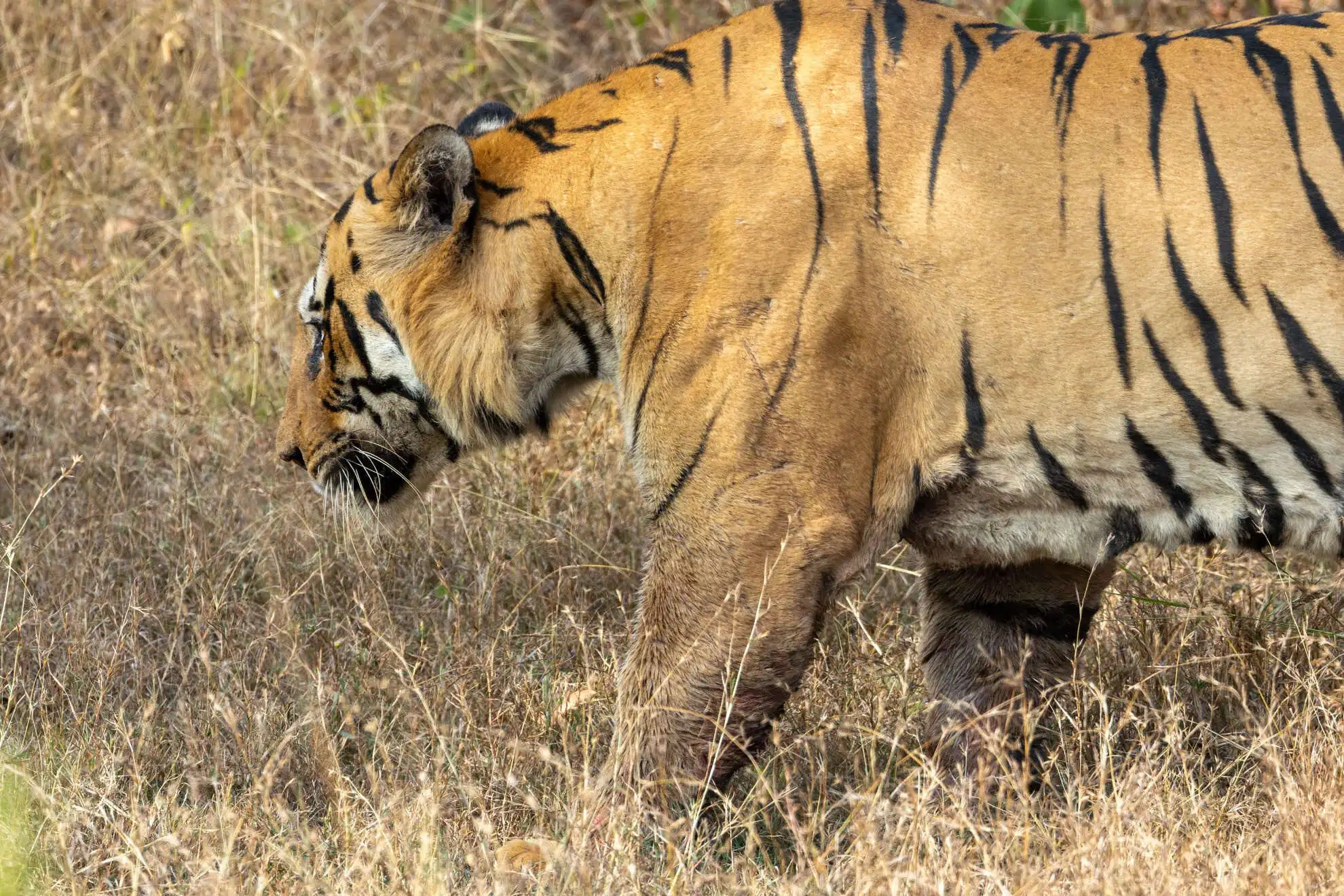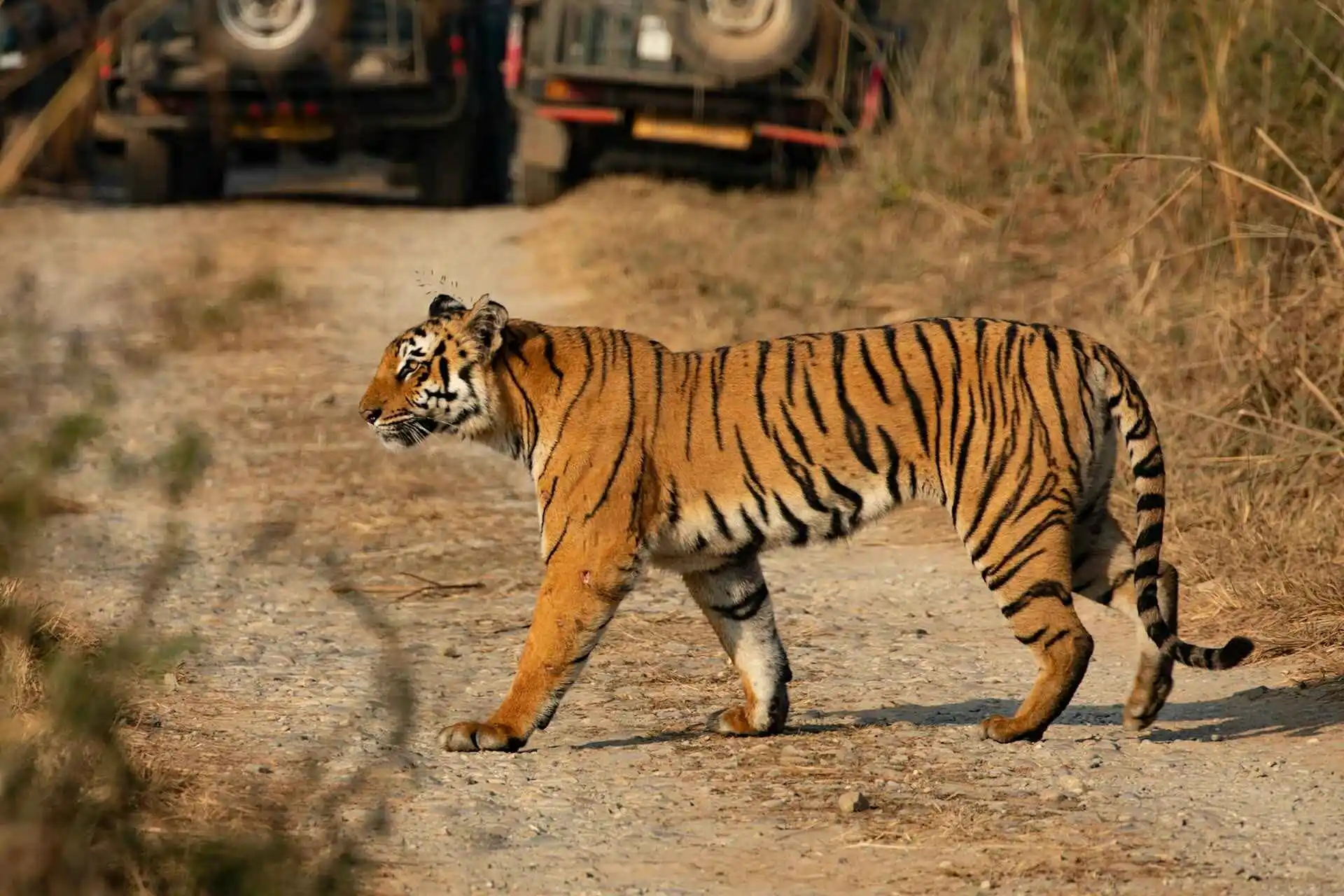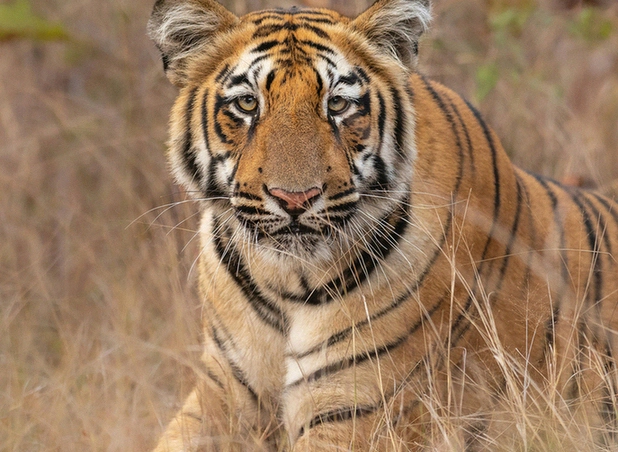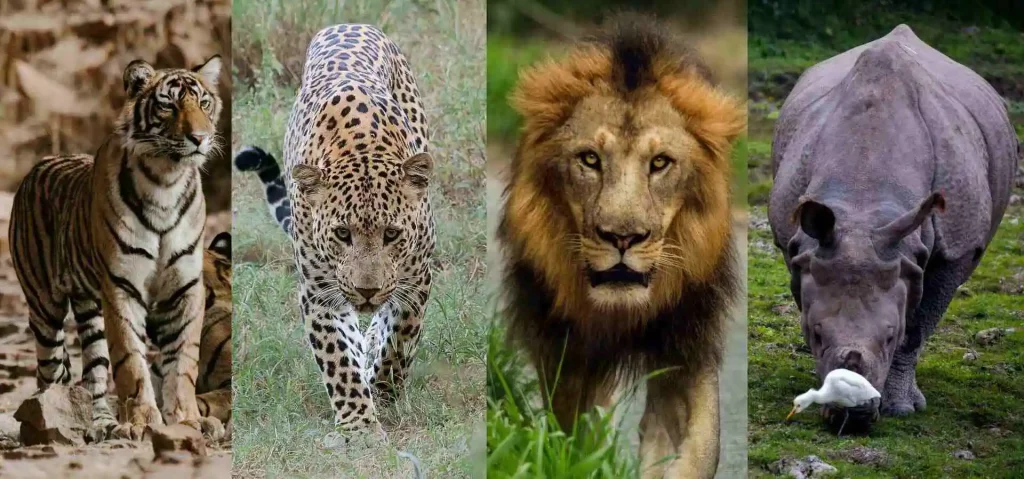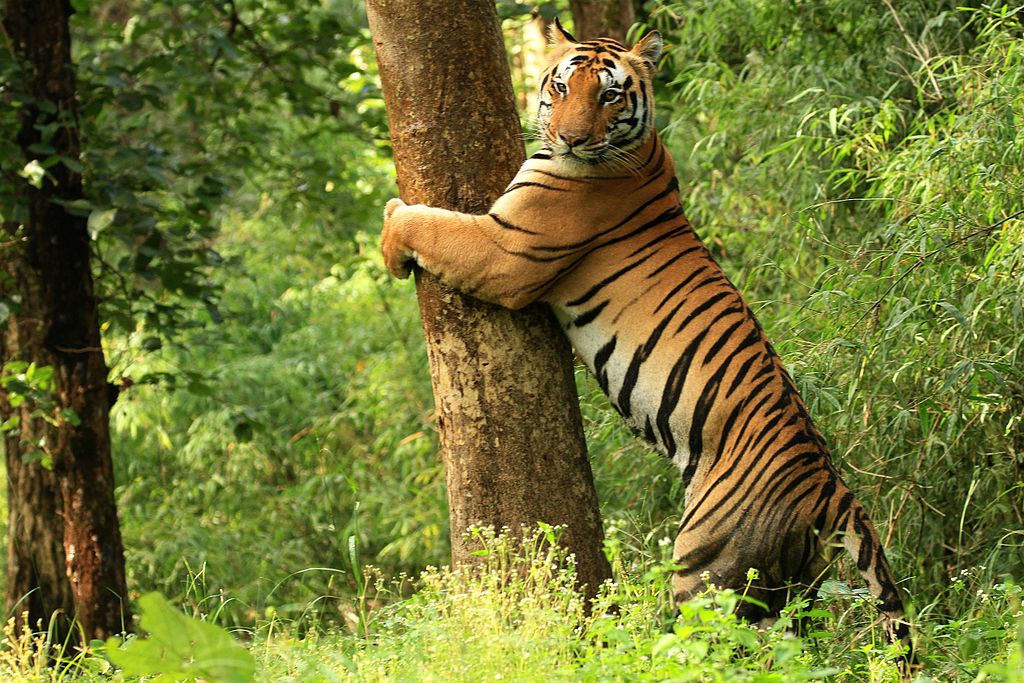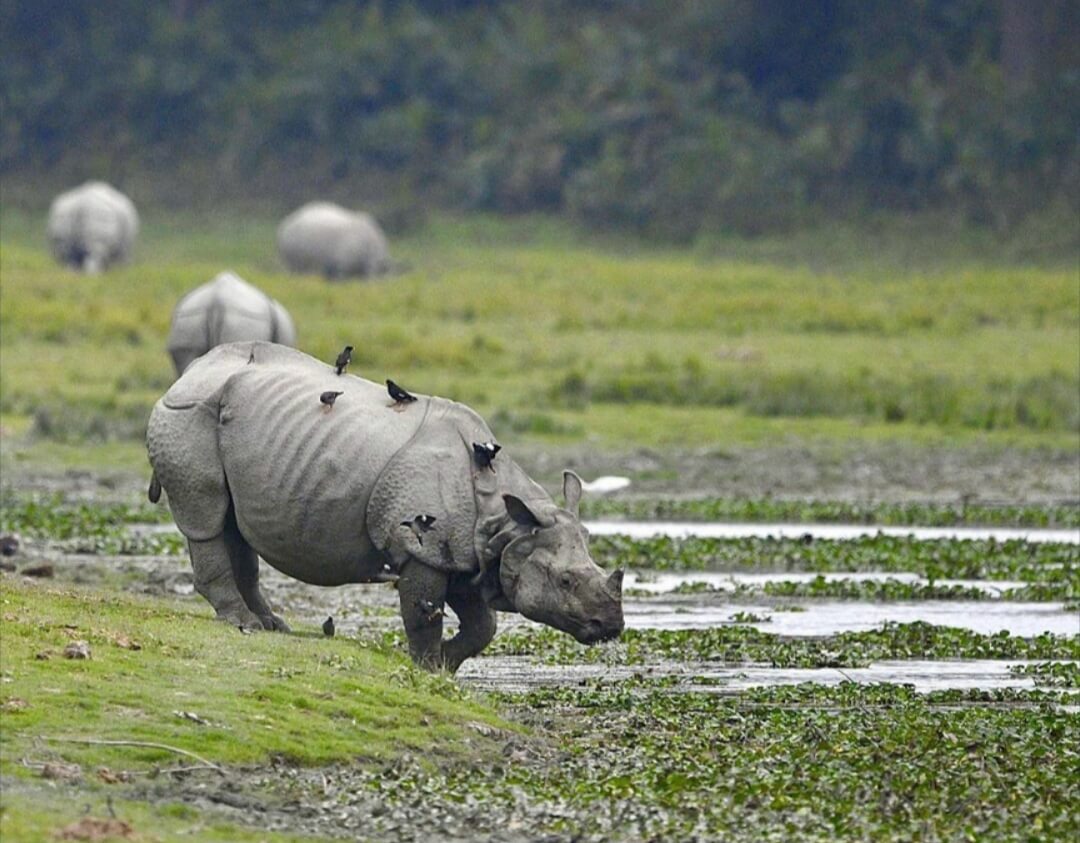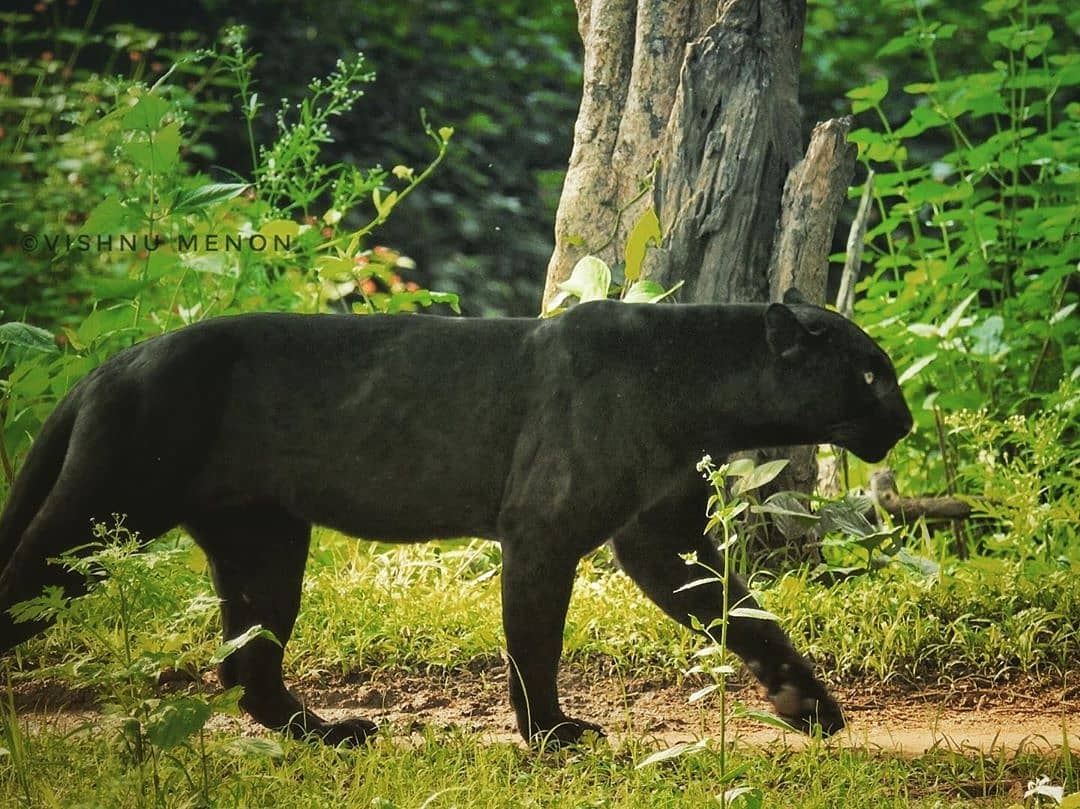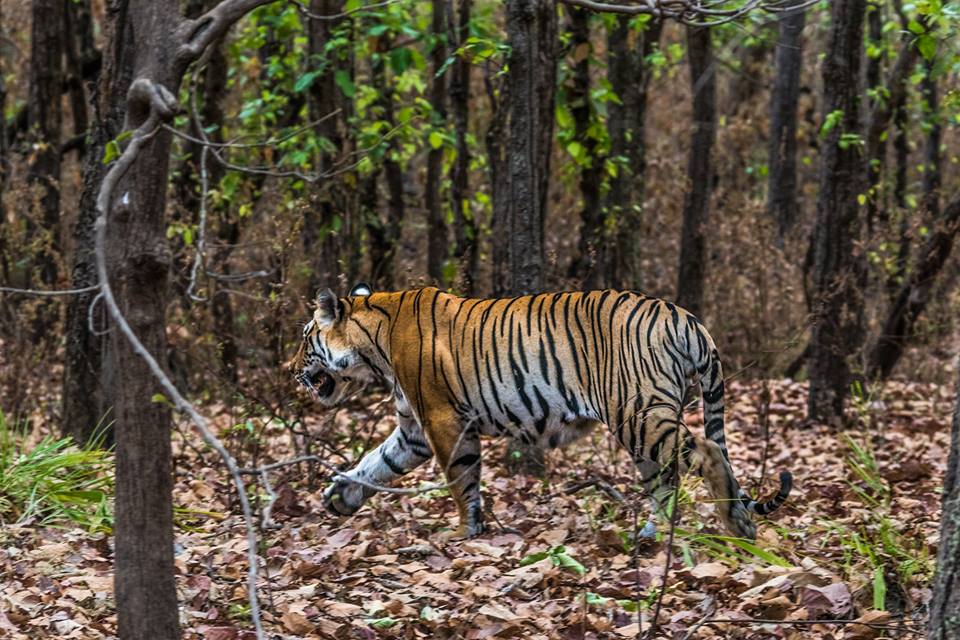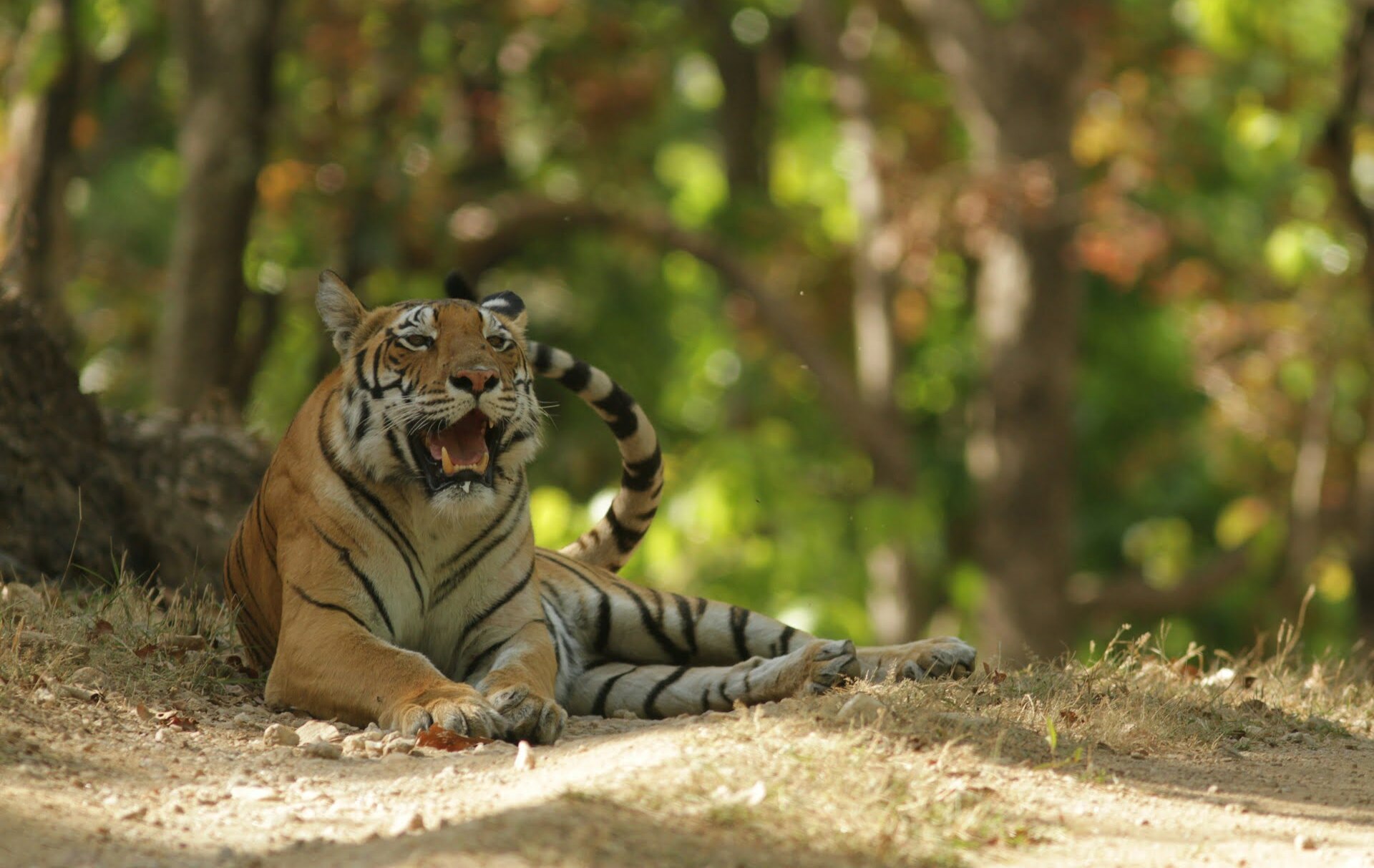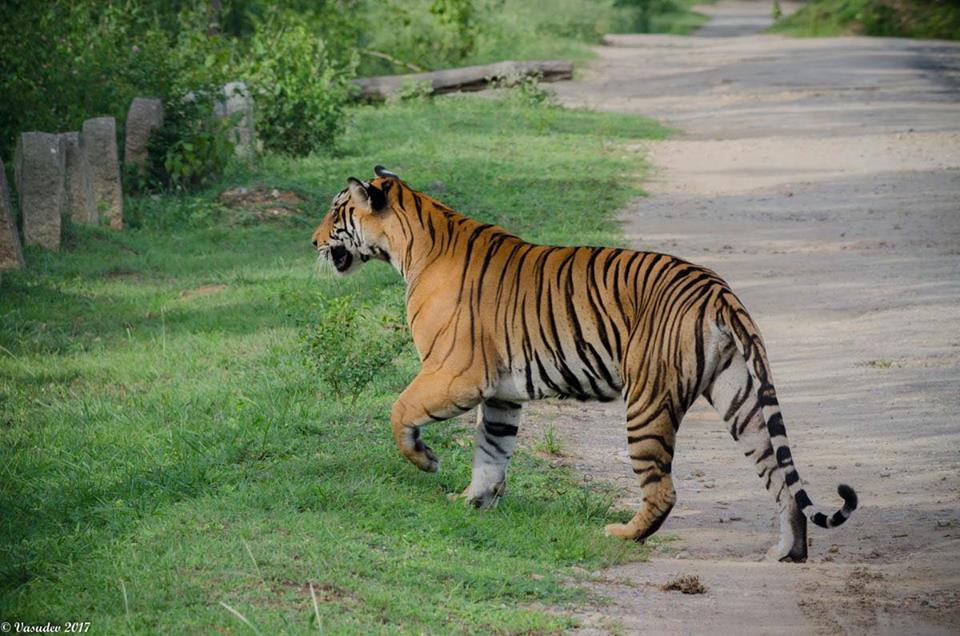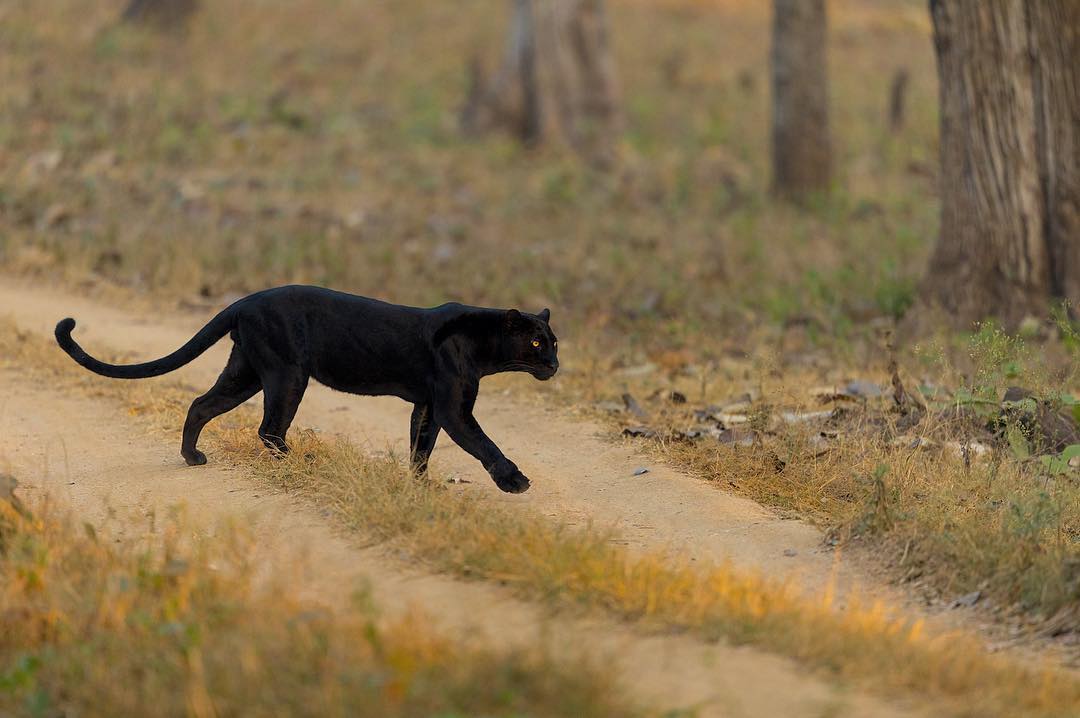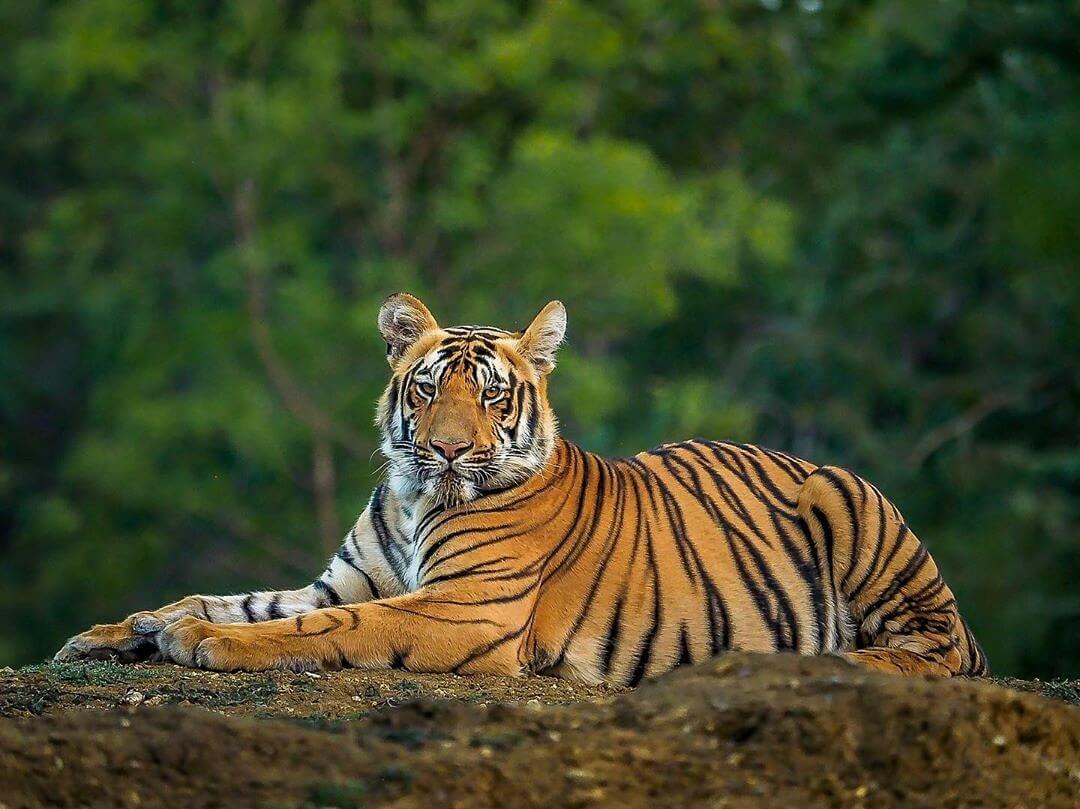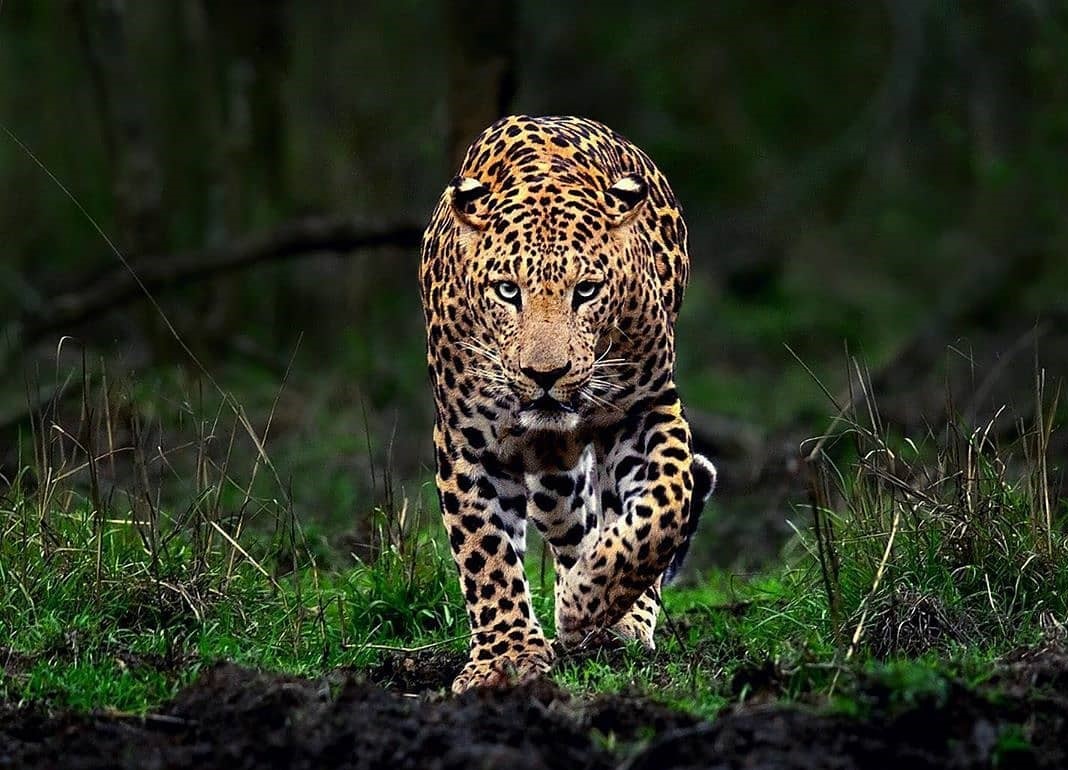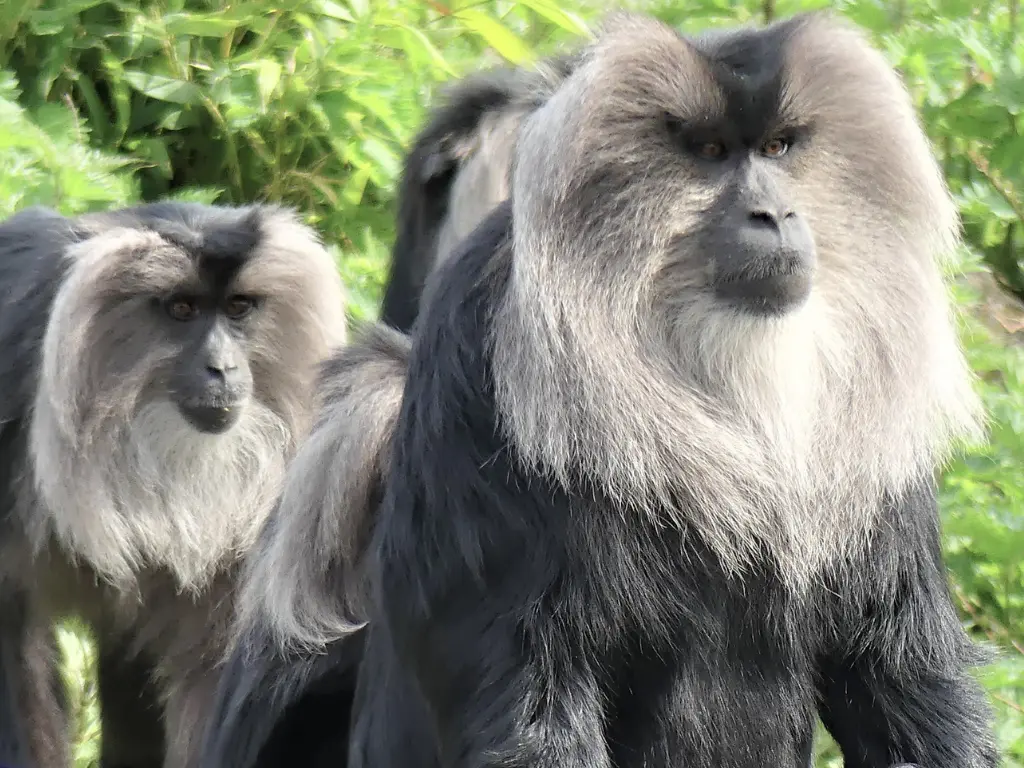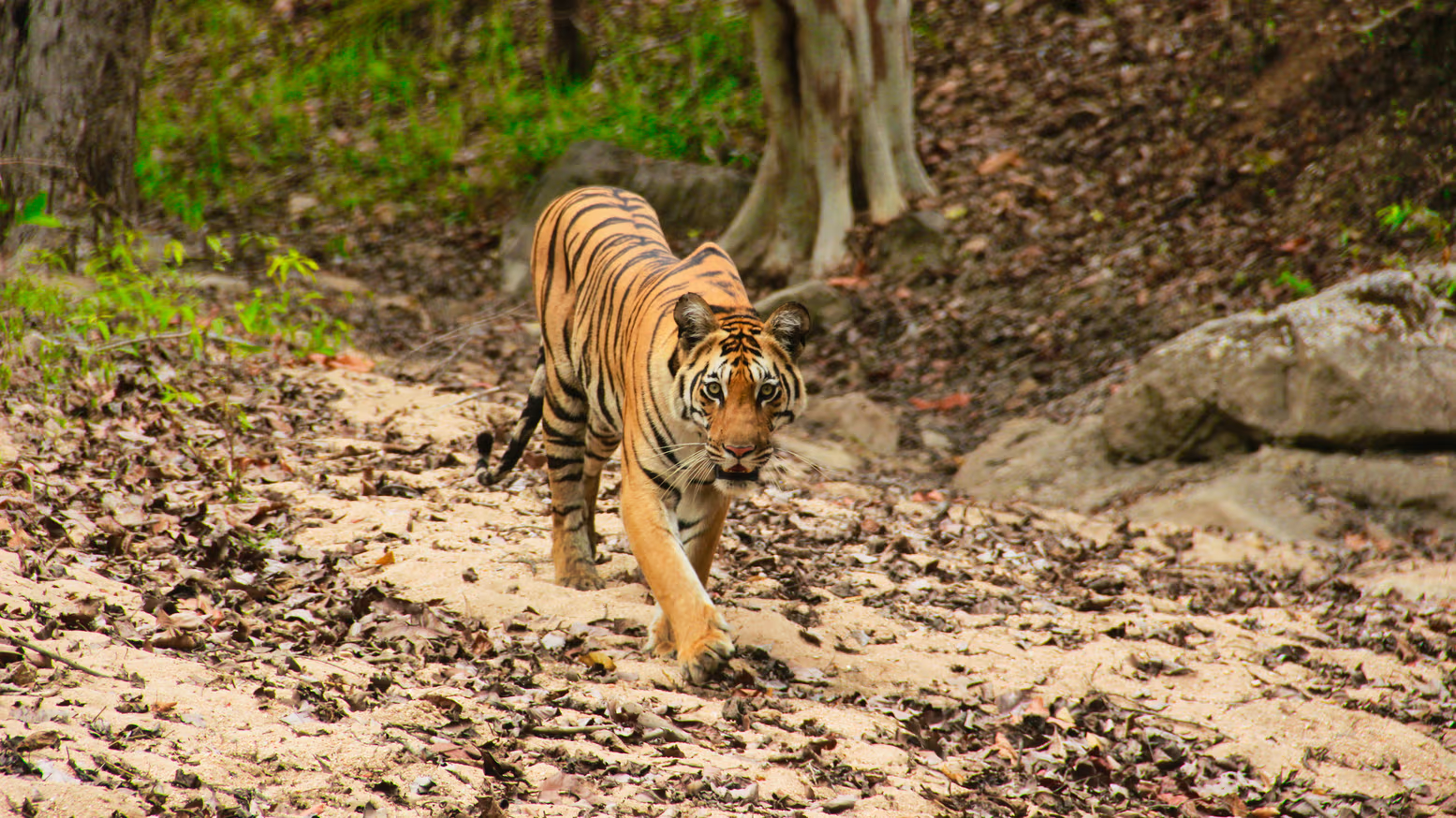Kaziranga National Park, a UNESCO World Heritage Site in Assam, India, is a paradise for birdwatchers. Renowned for its incredible biodiversity, the park shelters about 553 bird species, ranging from majestic raptors to delicate wetland birds. This post explores some of the most fascinating birds of Kaziranga, their unique features, and their significance in this ecological haven.
Bengal Florican (Houbaropsis bengalensis)
A rare and endangered grassland bird, the Bengal Florican is one of the park’s most prized avian treasures. Known for its striking black-and-white plumage and spectacular courtship displays, it thrives in the open grasslands of Kaziranga.
Great Indian Hornbill (Buceros bicornis)
This iconic species, with its vibrant yellow casque, is often called the “gardener of the forest” for its role in seed dispersal. Found in the park’s semi-evergreen forests, the Great Indian Hornbill is a vulnerable species and a symbol of Kaziranga’s rich biodiversity.
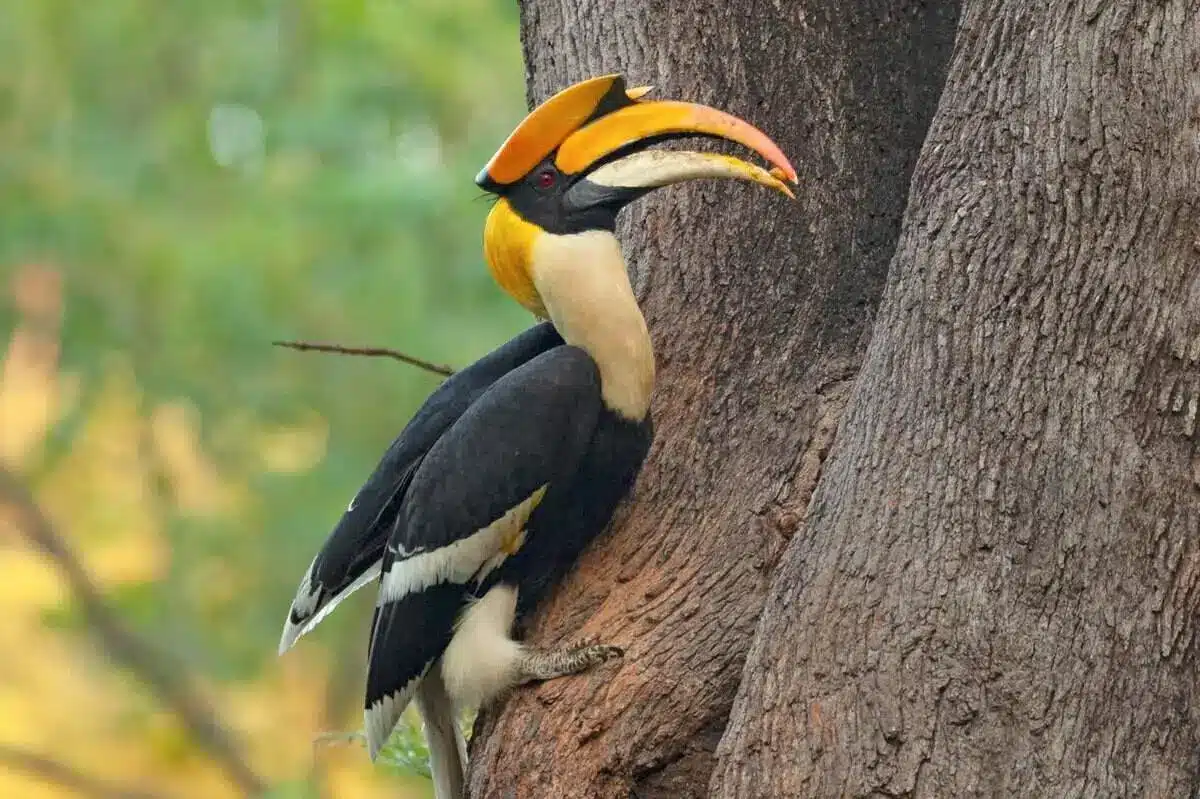
Osprey (Pandion haliaetus)
A skilled hunter of fish, the Osprey is often seen soaring over Kaziranga’s rivers and waterbodies. This near-threatened bird is a migrant species, adding vibrancy to the park during its seasonal visits.
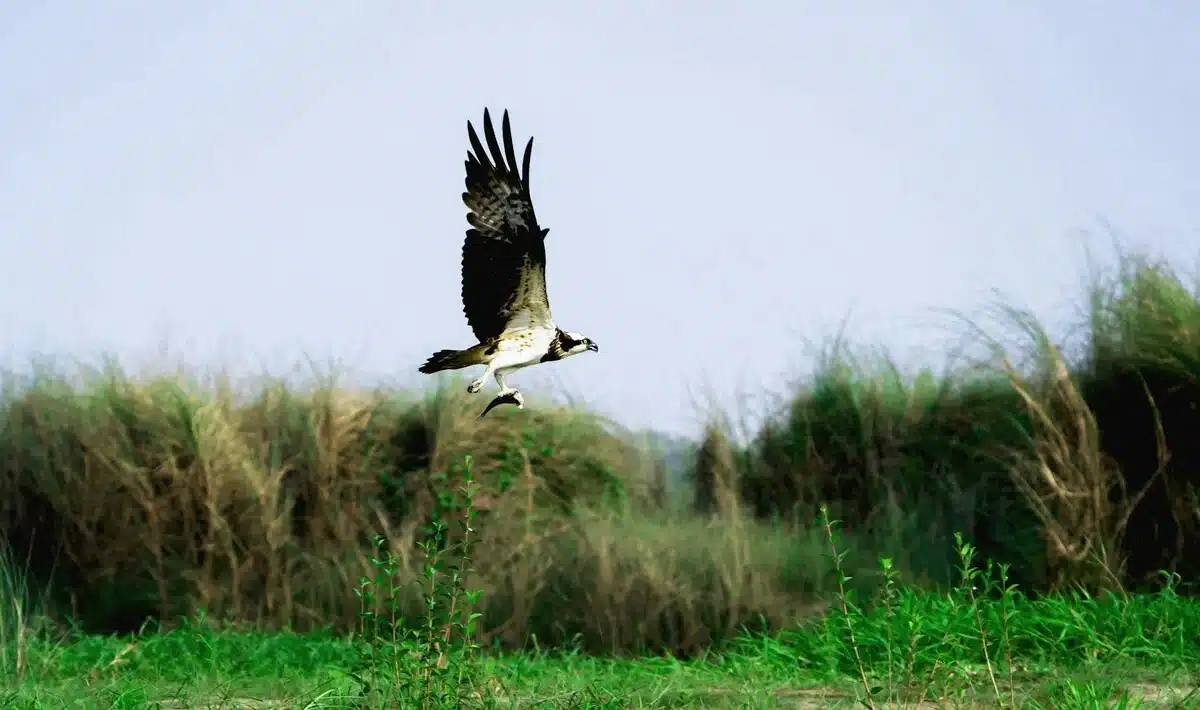
White-bellied Heron (Ardea insignis)
The endangered White-bellied Heron is a rare sight in Kaziranga. Preferring the quiet swamp forests and riverbanks, this large and elegant bird is one of the most critically threatened herons in the world.
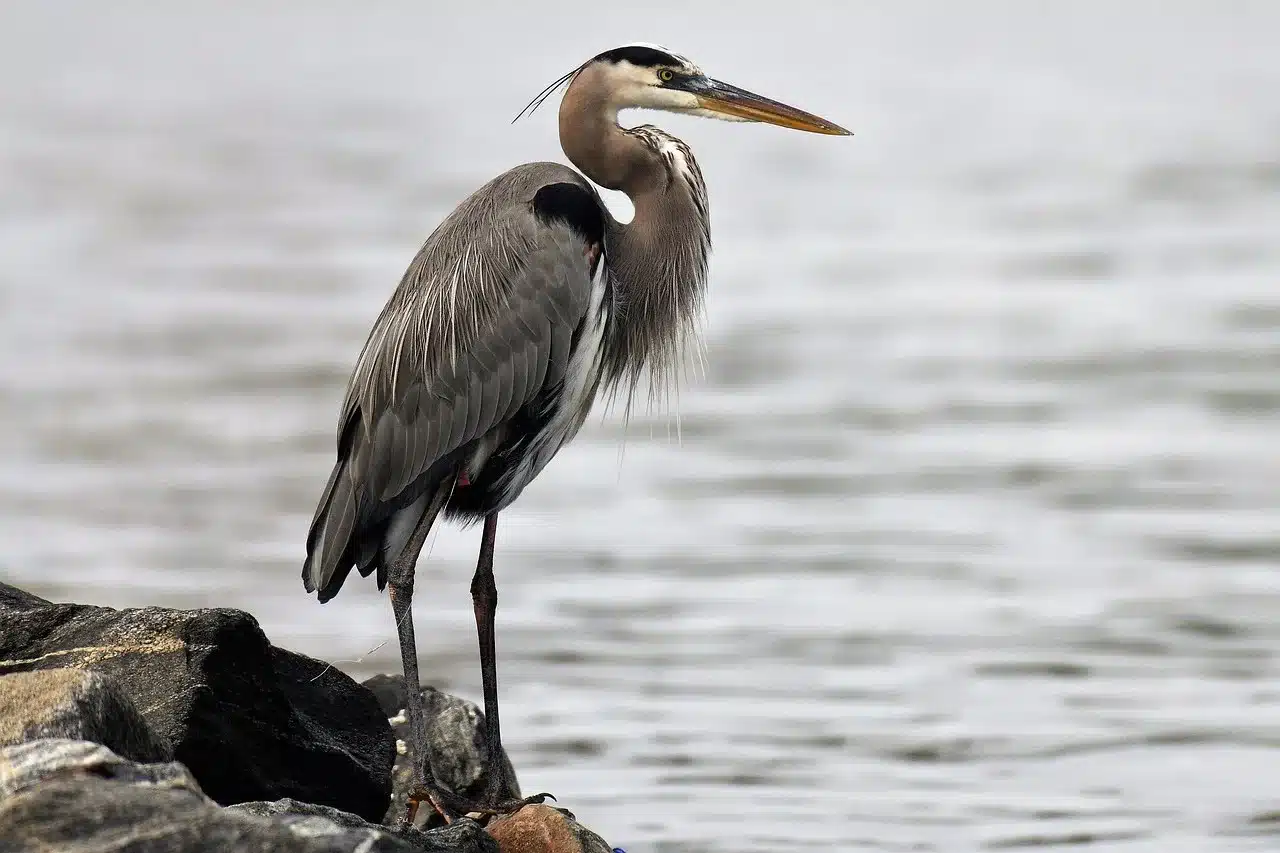
Oriental Honey Buzzard (Pernis ptilorhynchus)
Known for its preference for honeycombs and larvae, the Oriental Honey Buzzard can be found in disturbed areas and semi-evergreen forests. Its distinctive head shape and diet make it a fascinating species to observe.
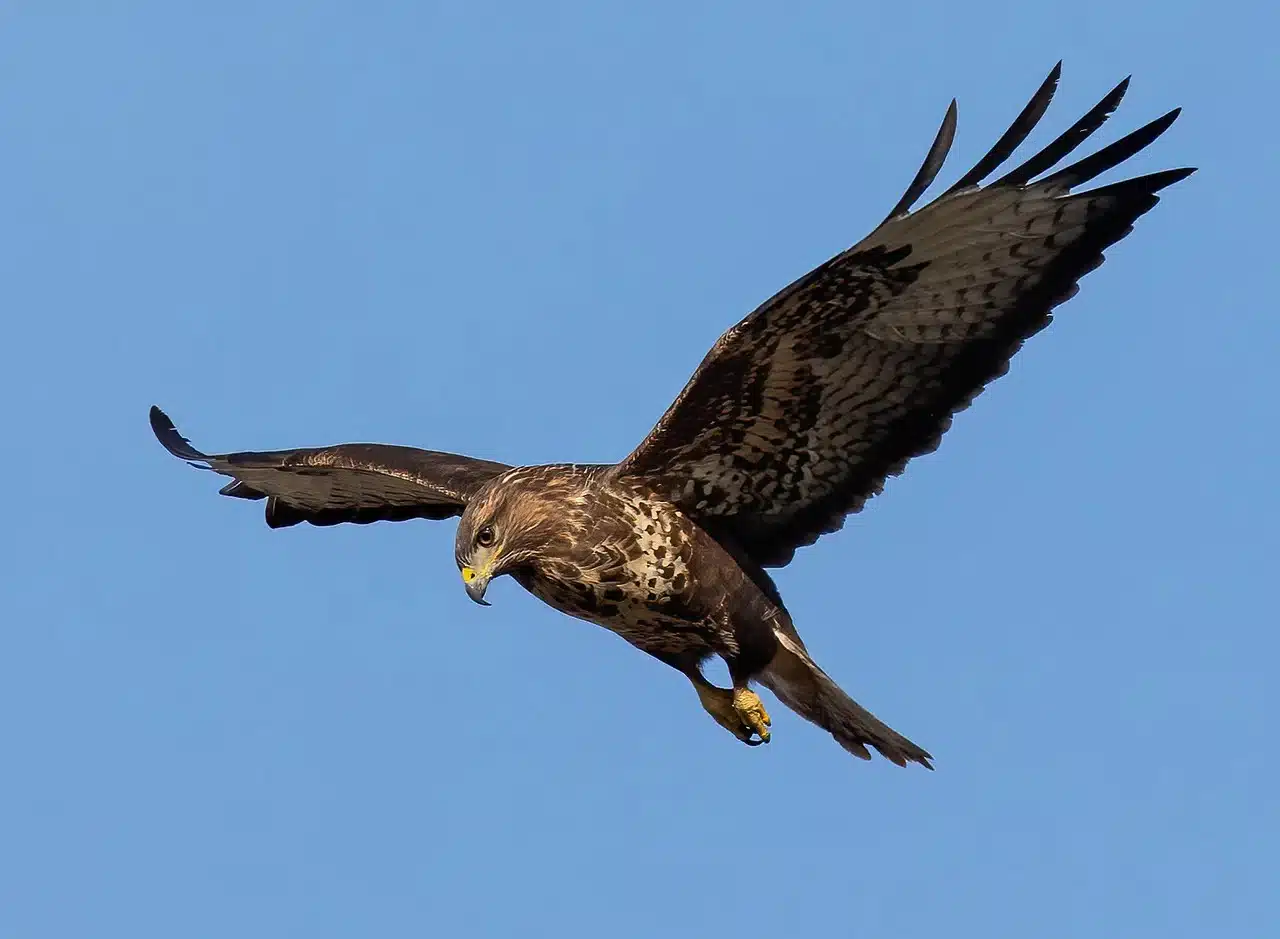
Black-necked Stork (Ephippiorhynchus asiaticus)
The tall and striking Black-necked Stork is a prominent wader in Kaziranga’s wetlands. Its striking black-and-white body, combined with a long neck, makes it a standout in the park’s diverse birdlife.
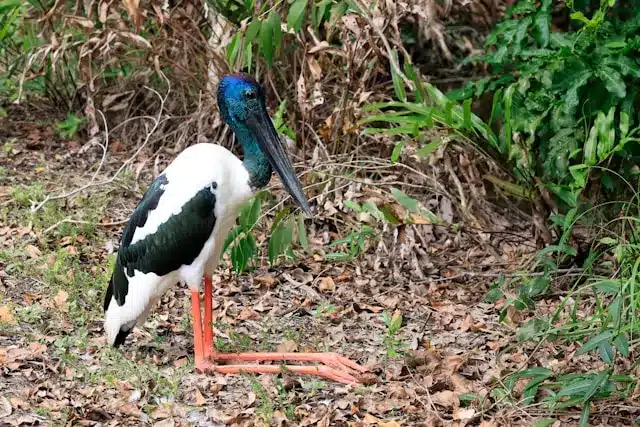
Ruddy Shelduck (Tadorna ferruginea)
Also known as the Brahminy Duck, this vibrant bird is often seen in pairs by waterbodies. A common winter visitor to Kaziranga, the Ruddy Shelduck’s bright orange plumage adds a splash of color to the park’s wetlands.
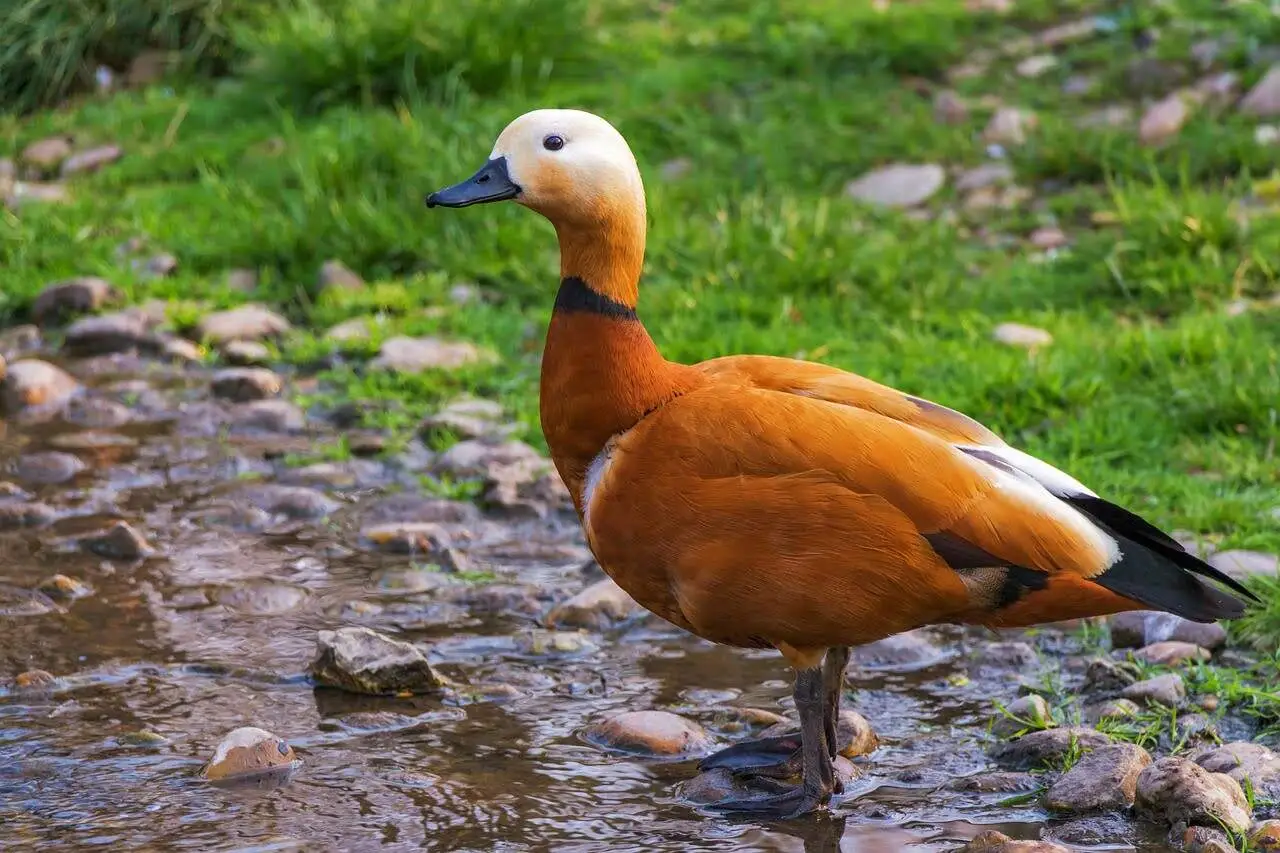
Pallas’s Fish Eagle (Haliaeetus leucoryphus)
This vulnerable raptor is a resident of Kaziranga’s rivers and wetlands. With its piercing calls and impressive wingspan, Pallas’s Fish Eagle is a key species in maintaining the park’s ecological balance.
Swamp Francolin (Francolinus gularis)
A grassland specialist, the Swamp Francolin is a vulnerable bird endemic to the Indian subcontinent. Its camouflage plumage allows it to blend seamlessly into Kaziranga’s vast grasslands.
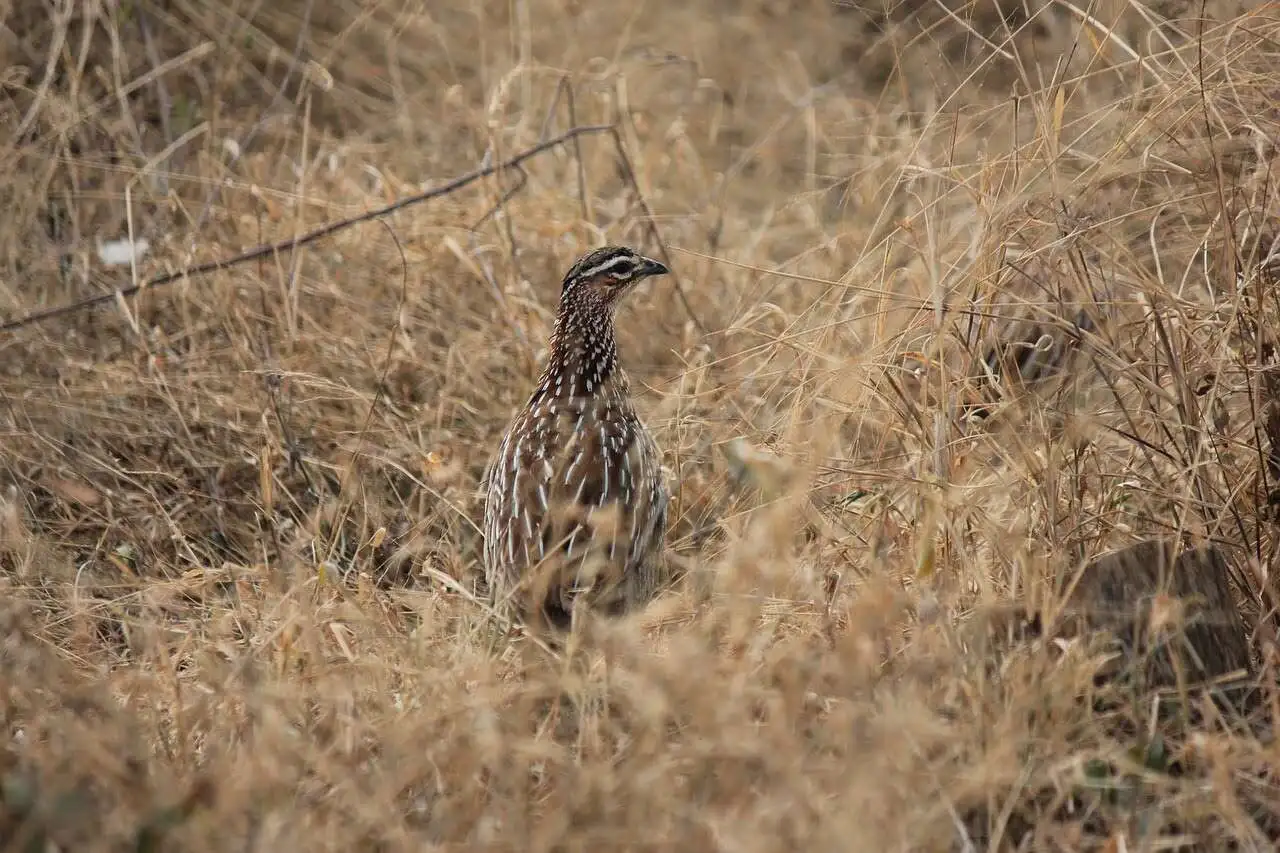
Spot-billed Pelican (Pelecanus philippensis)
This large and social waterbird is a near-threatened species commonly seen in Kaziranga’s wetlands. Known for its distinctive spot-patterned bill, the pelican plays a vital role in maintaining the aquatic food chain.
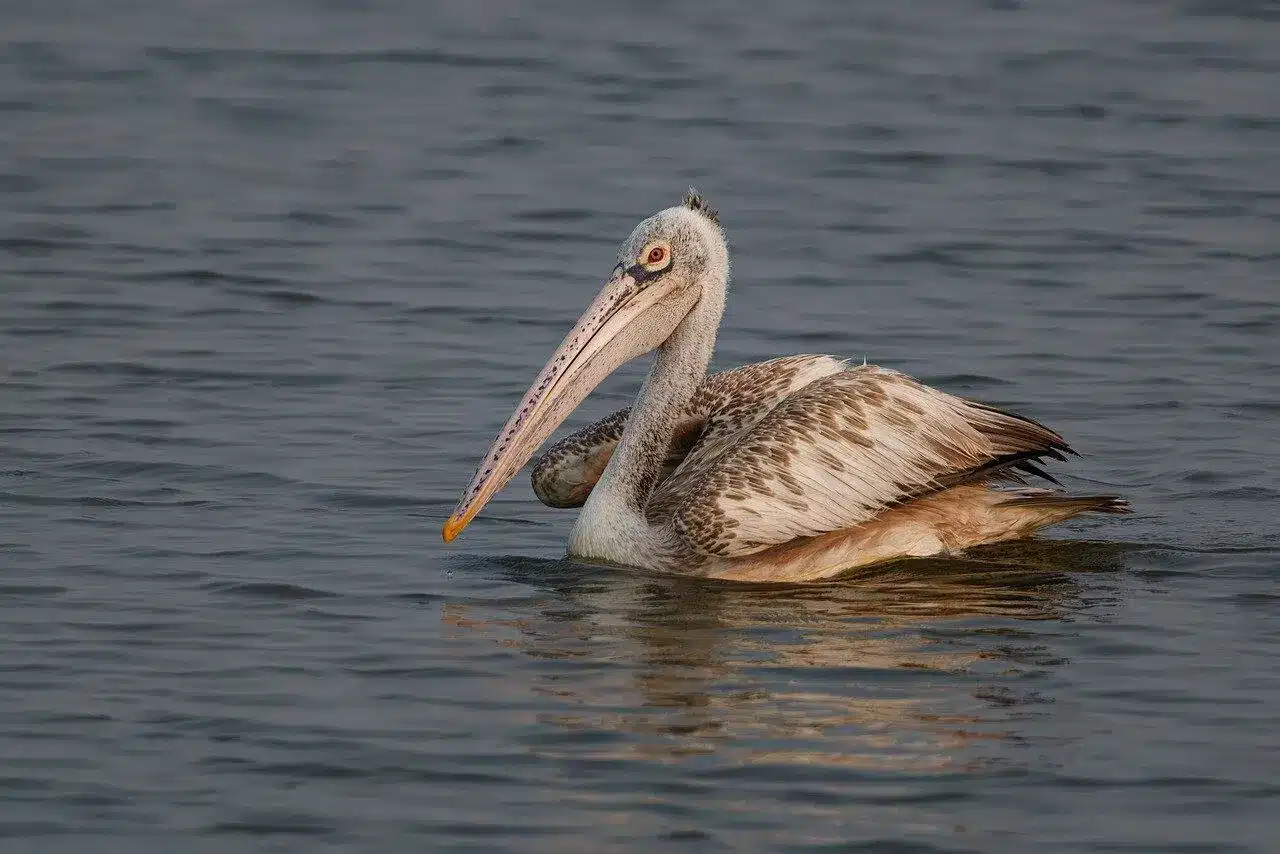
Asian Openbill Stork (Anastomus oscitans)
The Asian Openbill is a common resident of Kaziranga’s waterbodies. Recognizable by its peculiar gap between its beak, this stork primarily feeds on snails, making it an important species in wetland ecosystems.
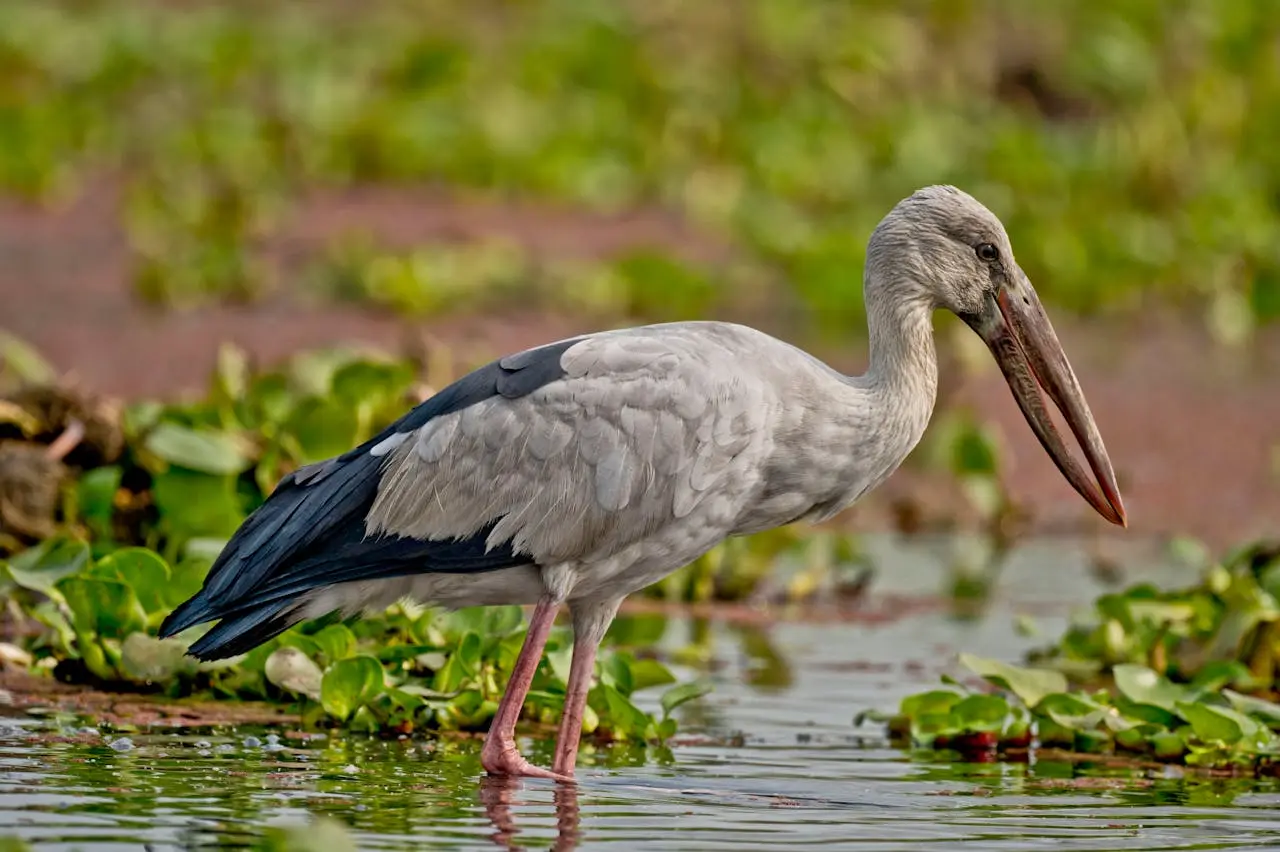
Greater Adjutant Stork (Leptoptilos dubius)
This endangered scavenger is one of the most unique birds in Kaziranga. Found near waterbodies and disturbed areas, the Greater Adjutant Stork plays a critical role in cleaning the environment.
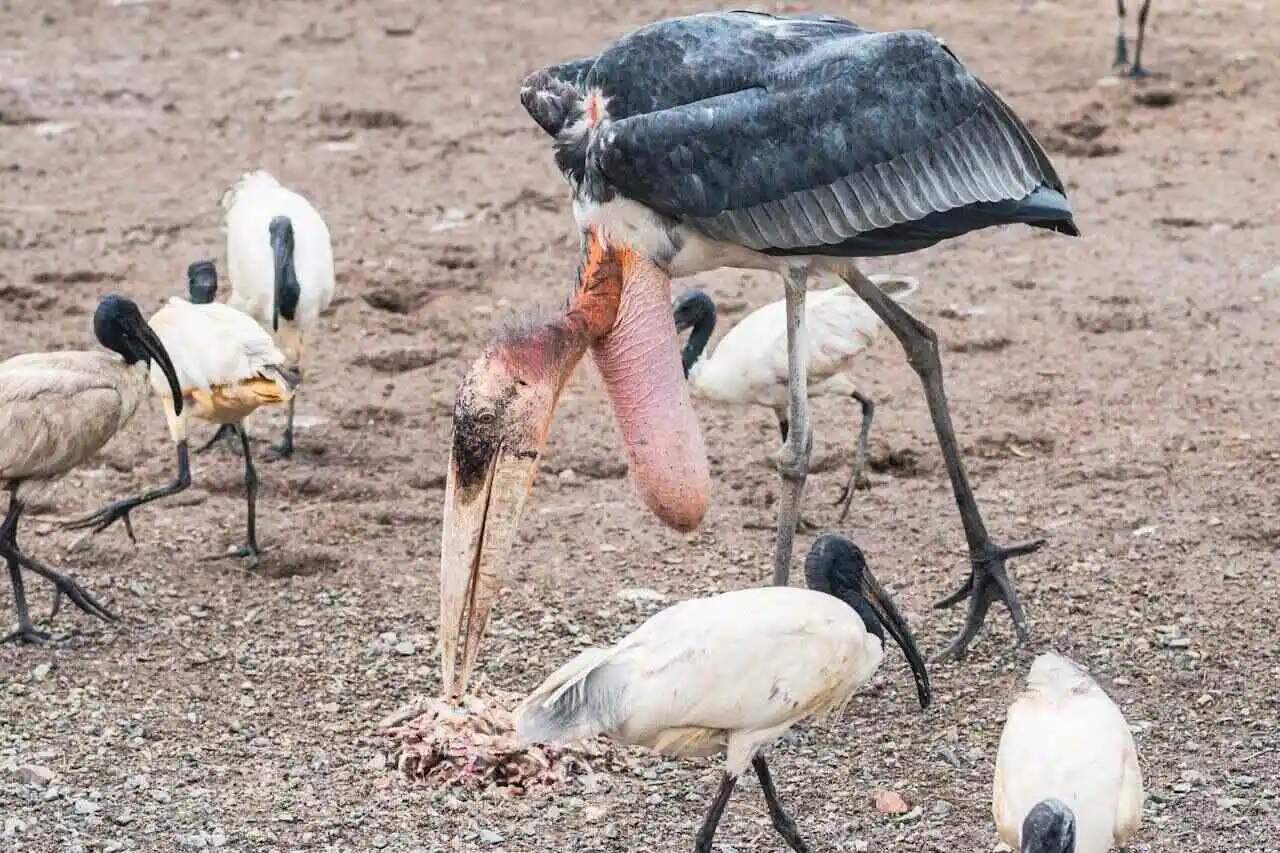
Summary Table
| Bird Name | Threat Category | Habitat | Abundance | Status |
|---|---|---|---|---|
| Bengal Florican | EN | G, O | U | R |
| Great Indian Hornbill | VU | SE, Wd | C | R |
| Osprey | NT | A, W | O | M |
| White-bellied Heron | EN | W, Wd | S | R |
| Oriental Honey Buzzard | NT | A, SE, D | C | R |
| Black-necked Stork | NT | W, G | U | R |
| Ruddy Shelduck | LC | W, O | A | M |
| Pallas's Fish Eagle | VU | W, Wd | C | R |
| Swamp Francolin | VU | G | U | R |
| Spot-billed Pelican | NT | W | C | R |
| Asian Openbill Stork | LC | W, O | A | R |
| Greater Adjutant Stork | EN | W, D | U | R |
Legend
Threat Category:
- EN = Endangered
- VU = Vulnerable
- NT = Near Threatened
- LC = Least Concern
Habitat:
- A = Aerial
- D = Disturbed areas (including cultivation)
- G = Grasslands
- O = Open areas
- SE = Semi-evergreen forest
- W = Waterbodies (including rivers)
- Wd = Swamp forest and riparian woodland
Abundance:
- A = Abundant
- C = Common
- U = Uncommon
- O = Occasional
- S = Stray
Status:
- R = Resident
- M = Migrant
- LM = Local Migrant
Why Birding in Kaziranga Is a Must-Do Experience
Kaziranga isn’t just about big mammals—it’s a dream come true for bird lovers. With over 480 species, including the Great Indian Hornbill, Bengal Florican, and migratory birds like Bar-headed Geese, the park offers unmatched diversity. The mix of wetlands, grasslands, and forests means you’ll spot dozens of species in a single outing. Plus, expert local guides make each birding trip fun, insightful, and totally worth it.
Kaziranga’s birds are an integral part of its ecosystem, enriching its natural beauty and ecological significance. Protecting these species ensures the park remains a sanctuary for generations to come.

